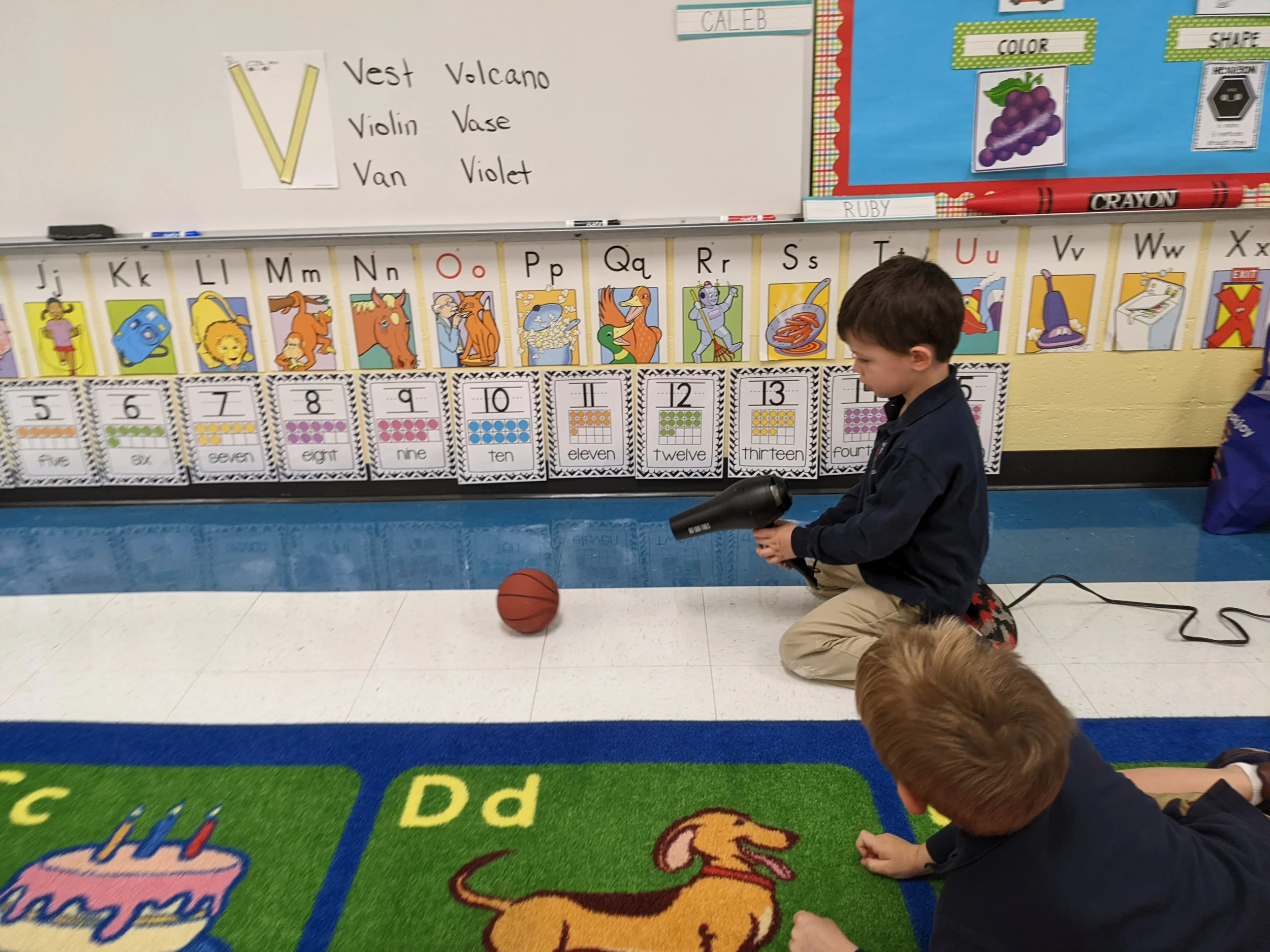We started our new study about reduce, reuse, and recycle. The boys and girls are excited! This study offers opportunities for children to explore a topic that not only interests them but allows them to become more aware of the world around them, and solve problems. Our class is observing, gathering data, exploring our community, learning new information, and proposing solutions to problems. One of the ways the children decided to help was to make a recycling center in our classroom. They enjoy sorting and reusing the trash collected.
Make Everyday Earth Day
During our discussion about Earth Day and how to reduce, reuse, and recycle we decided to make a collage. We used old newspapers to paint a picture of earth and recyclable items we collected. Preschoolers need three separate skills in order to make a collage: ripping, cutting, and gluing. These skills are "process oriented" art skills and the child’s final product is often just part of that process. Children should be encouraged and praised not only for the final product but also for their progress in handling scissors, coordination in ripping, and the ability to use glue.
Making a Greenhouse
After learning about the life cycle of a plant, we made our own greenhouse.
What is environmental print?
Letters and words surround us all day, every day! There are labels on everything we use and signs everywhere we go. This is called environmental print. Environmental print is often a child’s very first exposure to print. Exposing young children to environmental print is crucial to early literacy because it allows them to understand that words and symbols convey messages. We used materials from our recycling center and made flowers. As the children glued on their petals, they could tell me what it was from.






























































































































































